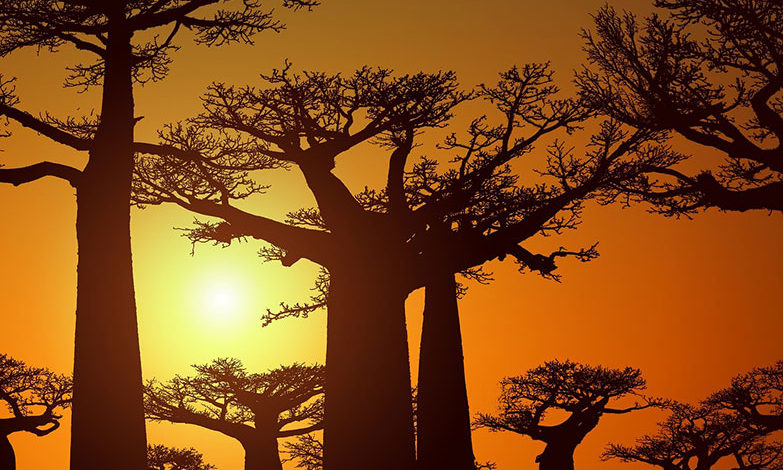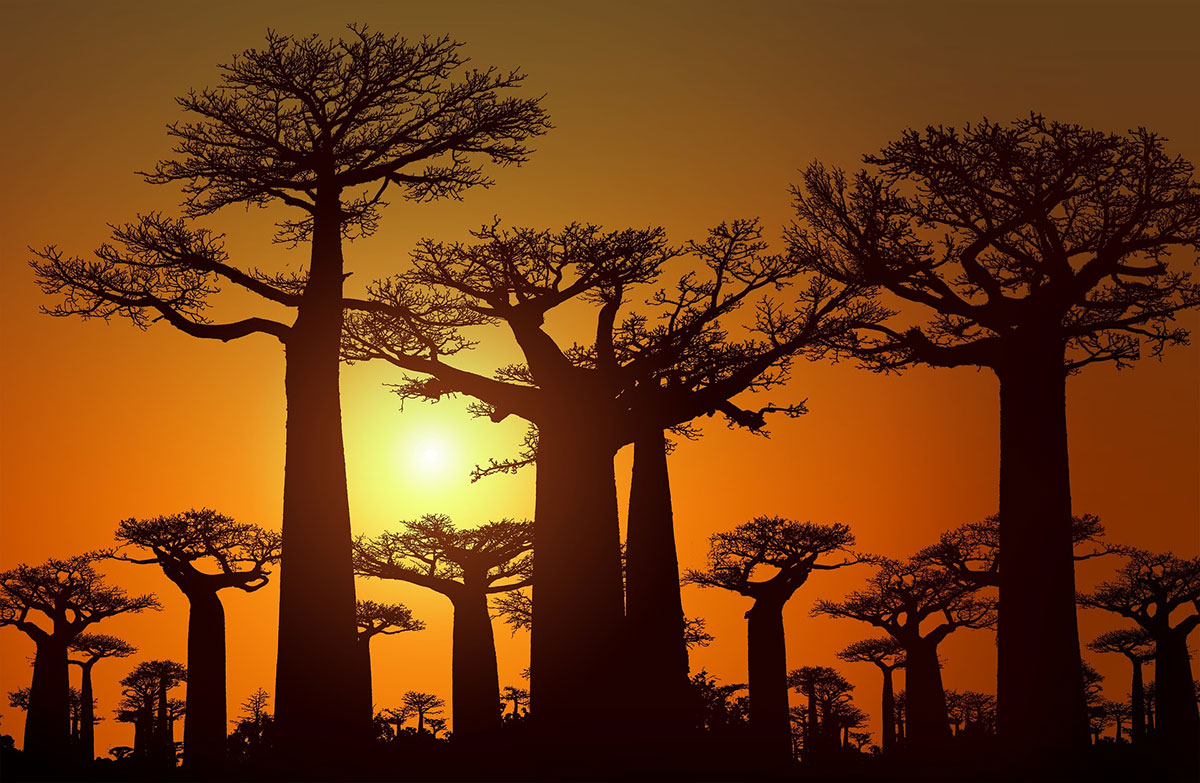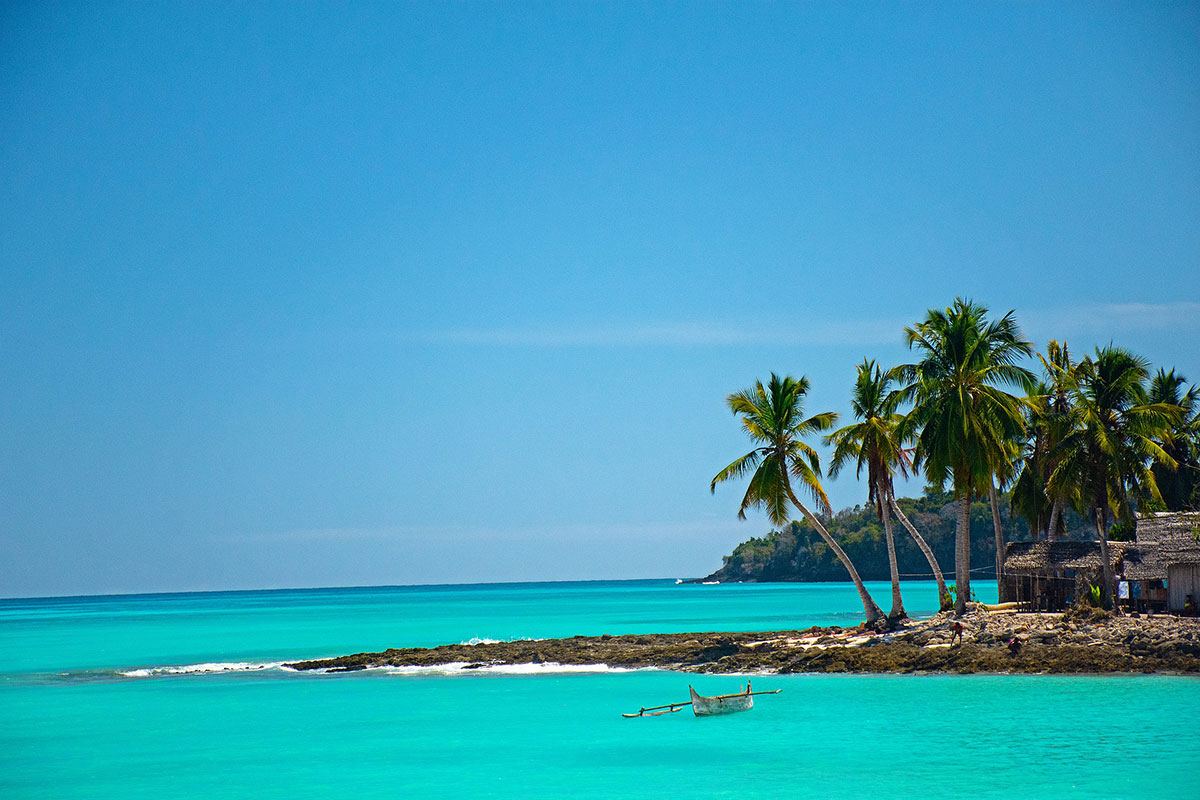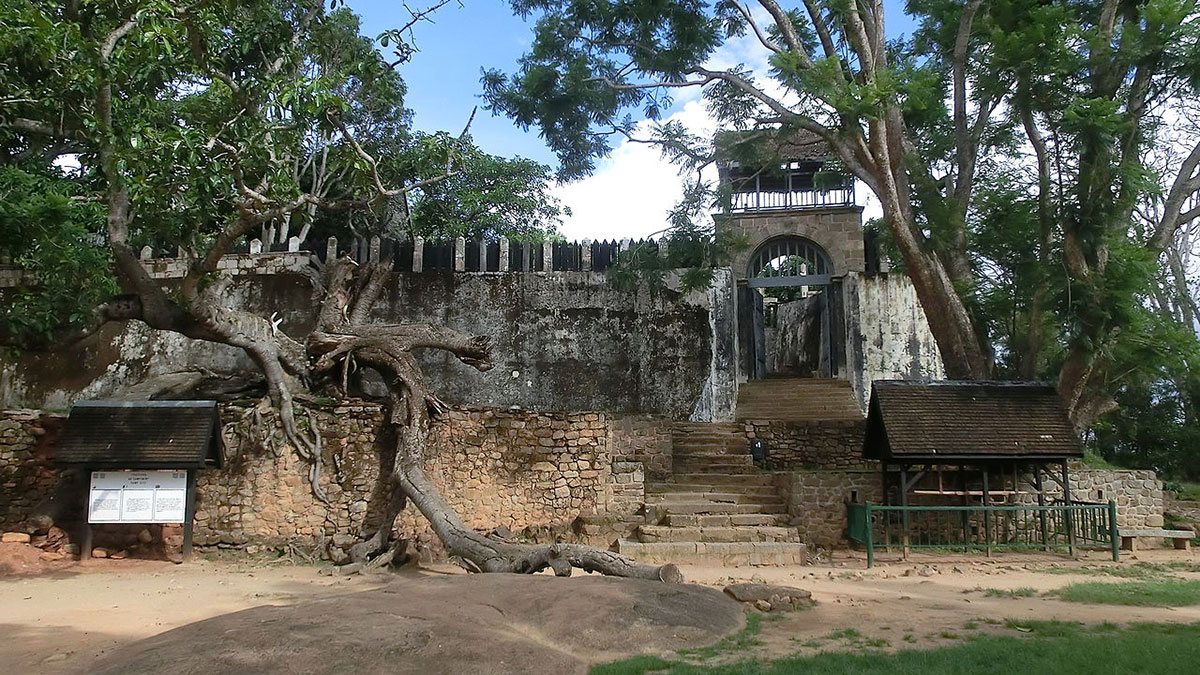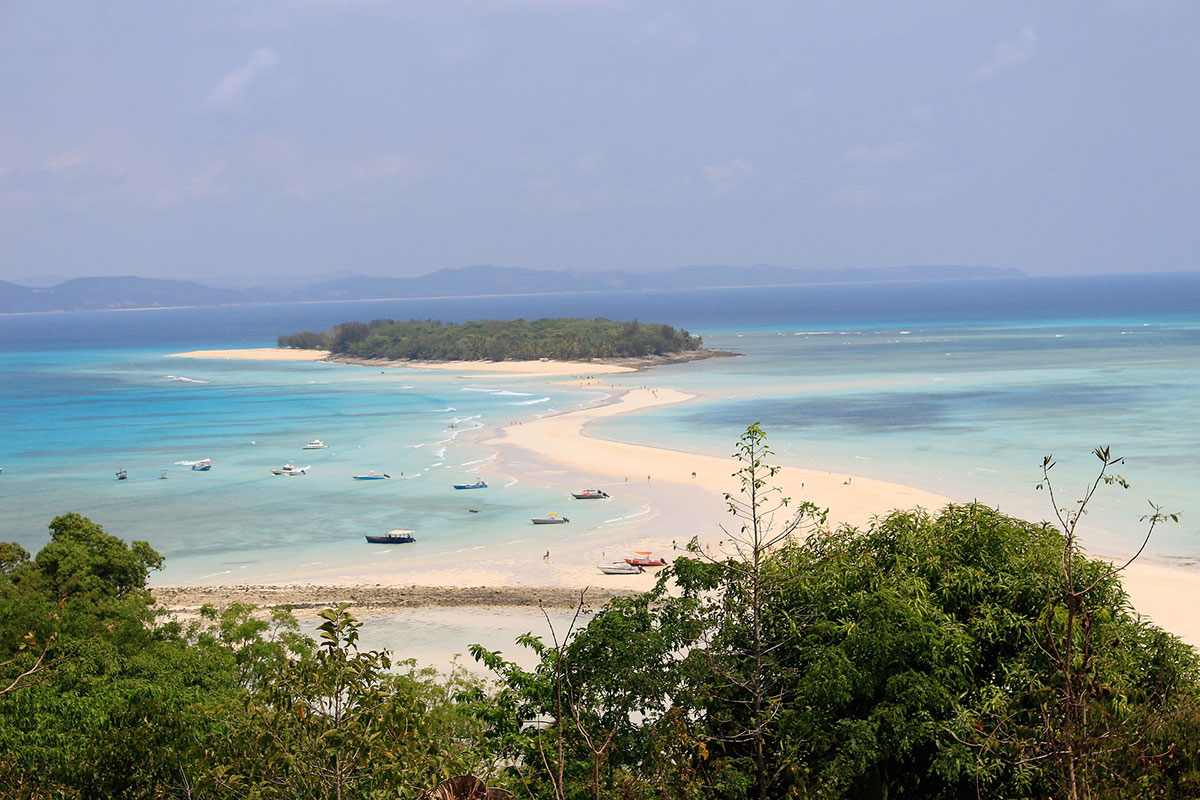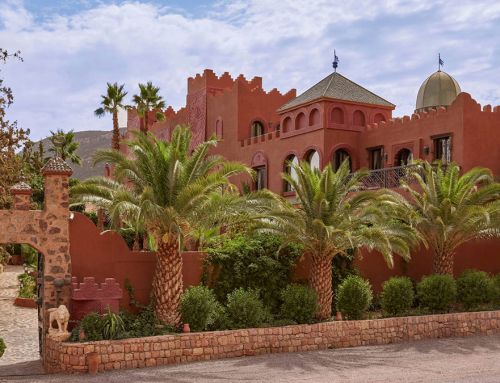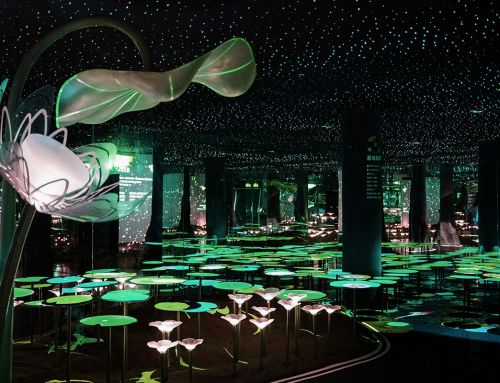88 million years ago, a large island broke away from the Indian subcontinent and travelled during that time to reach the geographical point where it is today, in the Indian Ocean, off the southeast coast of the African continent. It is the largest of Africa’s islands and the fourth largest in the world. It is the island of Madagascar. Its particular origin makes it a place with unique characteristics, where nature offers one of the planet’s greatest biodiversities and where a great variety of forests and endemic animals live. A “world apart”, as chroniclers and travellers often refer to the big island.
With an area of 587,041 km2, Madagascar is best known as a destination for ecotourism and nature and wildlife tourism. However, its coasts offer paradisiacal beaches and inland there are spectacular landscapes, and its rich history, marked by monarchical periods, other colonial periods and struggles for independence, provides abundant historical vestiges. Since 1990, despite some ups and downs, the country’s tourist numbers have grown at an average rate of 11% per year. In 2019, 375,710 tourists visited the island. In this sense, it is a destination yet to be explored.
Amongst its many tourist attractions, we can highlight the following:
On the country’s east coast is the Island of Sainte Marie, a favourite haunt of pirates and privateers in former times. Remains of its sunken ships can be found in some of its bays, a spectacular attraction for divers. Also, in summer and autumn, humpback whales can be seen from its coast.
The small island of Nosy Be, in the north, offers visitors numerous bays and beaches with turquoise waters, although its main interest lies in the landscapes, the hotels and the magnificent restaurants where you can taste local recipes and seafood.
In the southwest of the country is the fishing village of Ifaty. In front of it, almost 100 km of barrier coral reef protects the beaches from ocean waves, making it an ideal destination for diving and fishing. In the inland desert area, the forest of the endemic species of strangely shaped, centuries-old baobabs, is a must-see. These trees are also an essential attraction for tourists and visitors on the so-called Avenue of the Baobabs, on the dirt road between Morondava and Belon’i Tsiribihina, on the west of the island.
The Royal Hill of Ambohimanga is one of the country’s historical vestiges, home to Madagascar’s royalty, where it is possible to contemplate artifacts of the great king Andrianampoinimerina and his palace of solid rosewood walls. The complex was declared a World Heritage Site by UNESCO in 2001.
Finally, there are many national parks in the country, where you can see native species and some of the island’s most spectacular landscapes. Ranomafana, Masoala or Andasibe-Mantadia are only three of them.
Since French is Madagascar’s second language and because of the historical ties it maintains as a former colony, 60% of the tourists who visit Madagascar come from France. This fact, together with the low saturation of its market, makes sustained growth in tourism foreseeable during coming decades. This “world apart” will therefore be a new opportunity for the development of the sector and future international tourism investments.
Sources: Wikipedia 1, Wikipedia 2, Touropia, Trading Economics y World Data.
OTHER NEWS
Newsletter

